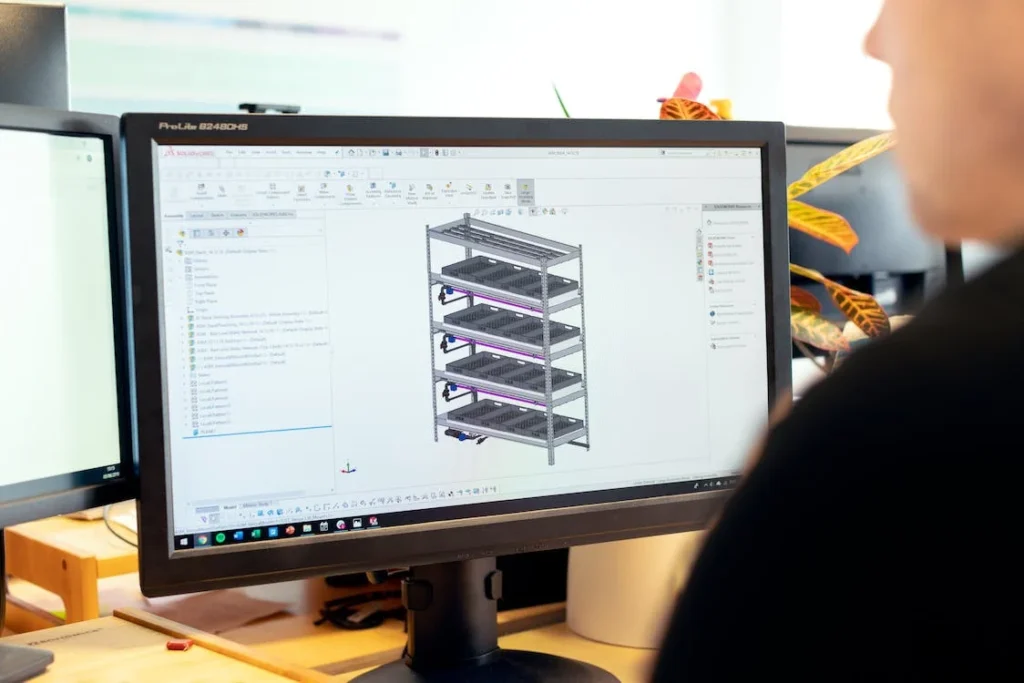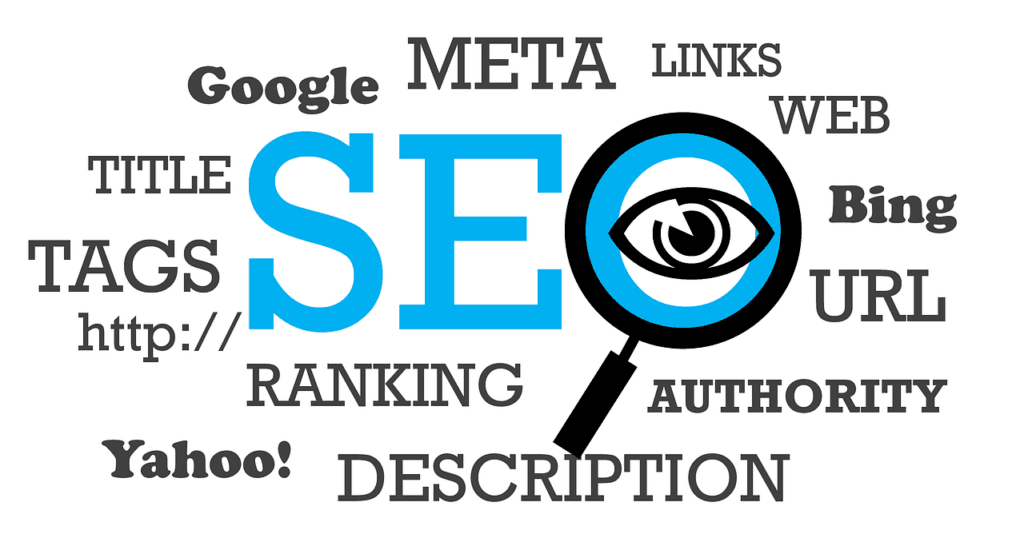Mobile apps have become an integral part of our daily lives, transforming the way we work, communicate, and interact with the world around us. As the global app market continues to expand, the demand for skilled app developers and high-quality mobile apps is higher than ever before. Businesses and individuals alike are seeking to harness the power of mobile apps to streamline processes, reach new audiences, and grow their brands. And, for that, a mobile app development agreement is crucial!
What are Mobile App Development Agreements and why are they needed?
A Mobile App Development Agreement is a legal contract that outlines the terms and conditions under which a developer will create a mobile app for a client. These agreements are essential for setting clear expectations, defining the scope of work, and protecting the interests of both parties involved. As the app development process can be complex and involves various stages, a comprehensive agreement is crucial for ensuring a smooth and successful project.
Importance of a comprehensive agreement for developers and clients
A comprehensive Mobile App Development Agreement benefits both developers and clients by providing a clear framework for the project, minimizing misunderstandings, and reducing the risk of disputes. Developers can better understand the client’s expectations and requirements, while clients can have peace of mind knowing that their interests are protected. Additionally, a well-drafted agreement can help establish a strong foundation for a long-lasting and successful partnership between the developer and client.
Key Components of a Mobile App Development Agreement
A. Scope of work and project specifications
- Defining app functionality and features: The agreement should clearly outline the app’s functionality, features, and user interface, including its purpose, target audience, and desired user experience. A detailed description helps the developer meet the client’s expectations and ensures that both parties are on the same page.
- Platform compatibility and requirements: The agreement should specify which platforms (e.g., iOS, Android) the app will be developed for and any hardware or software requirements. This information helps the developer plan and allocate resources accordingly.
- Integration with third-party services: The app development agreement must specify whether the app is required to integrate with other services, such as payment gateways or social media platforms. This helps the developer understand any additional technical and compliance requirements that may be required. For example, sometimes these bring in data sharing and data processing legalities (under the GDPR) and developers and legal professionals need to account for these factors as well.
B. Development milestones and timelines
- Phases of development: The agreement should break down the project into manageable phases, each with specific deliverables and deadlines. This helps both parties track progress and ensures that the project stays on schedule.
- Deliverables and deadlines: Clearly define the expected deliverables, such as the proof of concept, prototypes, source code, MVP or final app versions, and establish deadlines for each phase. This provides a clear roadmap for the project and helps avoid potential delays.
- Change management process: The agreement should establish how changes may be made to the scope of work or project specifications. This includes how requests for changes will be submitted, reviewed, and approved, as well as any associated costs or impacts on the project timeline.
C. Payment terms and pricing
- Fixed-price versus time and materials models: Determine whether the project will be billed as a fixed price or based on the time and materials used. Fixed-price contracts provide certainty for both parties, while time and materials contracts offer more flexibility for changes to the scope of work.
- Payment schedule and milestones: Outline when payments will be made and if they will be tied to specific milestones or deliverables. This helps both parties manage cash flow and incentivizes the developer to meet deadlines.
- Handling of additional expenses and overruns: Establish how any additional expenses or cost overruns will be handled. This can include setting a contingency budget or specifying that any changes to the scope of work must be approved in writing before additional costs are incurred.
D. Intellectual property rights and ownership
- Copyright and trademark assignment: Specify how the intellectual property rights, including copyrights and trademarks, will be assigned or licensed. This can include full assignment of rights to the client, a non-exclusive license for the client’s use, or retaining ownership by the developer with a license granted to the client.
- Licensing of third-party content and software: If the app will include third-party content or software, clarify the licensing arrangements and any restrictions or limitations on their use. This helps ensure that the app remains compliant with any applicable licenses or agreements.
- Inventions and patents: Address any inventions or patents that may arise during the development process. Specify how ownership and licensing of these inventions will be handled, as well as any obligations for filing and maintaining patent applications.
E. Confidentiality and non-disclosure
- Defining confidential information: Clearly define what constitutes confidential information in the context of the project. This can include trade secrets, proprietary algorithms, or sensitive user data.
- Obligations of both parties: Outline the obligations of both parties to protect and maintain the confidentiality of any shared sensitive information. This can include restrictions on sharing information with third parties or using the information for purposes outside the project scope.
- Exceptions and limitations: Specify any exceptions or limitations to the confidentiality obligations, such as situations where disclosure is required by law or when the information becomes publicly available through no fault of the receiving party.
F. Quality assurance and testing
- Testing methodologies and standards: Detail the testing methodologies and standards that the developer will use to ensure the app’s quality, performance, and reliability. This can include unit testing, integration testing, or stress testing.
- Defect resolution and bug-fixing: Establish a process for identifying, reporting, and resolving defects or bugs found during testing. Specify the developer’s responsibilities for fixing these issues and any associated timelines or costs.
- User acceptance testing and sign-off: Outline the process for user acceptance testing and obtaining the client’s final approval of the app. This can include criteria for acceptance, a process for addressing any outstanding issues, and the final sign-off procedure.
G. Maintenance and support
- Ongoing updates and bug fixes: Specify any ongoing maintenance and support services the developer will provide, such as bug fixes, performance improvements, or security updates. Detail the scope, duration, and cost of these services.
- Technical support and customer service: Outline the technical support and customer service the developer will offer, including response times, communication channels, and any service level agreements (SLAs) in place.
- Service level agreements (SLAs): Include any SLAs that govern the developer’s performance and responsiveness in providing maintenance and support services. This can help ensure that the client receives timely and effective support.
H. Warranties and liability
- Performance and functionality warranties: Specify any warranties the developer provides regarding the app’s performance, functionality, and compatibility with the specified platforms. This helps protect the client’s investment and ensures that the app meets the agreed-upon standards.
- Indemnification for third-party claims: Outline the developer’s obligations to indemnify the client against any third-party claims, such as those related to intellectual property infringement or data breaches. This provides additional legal protection for the client.
- Limitation of liability and damages: Specify any limitations on the developer’s liability for damages arising from the app’s development or use. This can include caps on monetary damages or exclusions for specific types of damages, such as consequential or incidental damages.
I. Termination and dispute resolution
- Termination for convenience or cause: Establish the conditions under which either party can terminate the agreement, such as for convenience or due to a material breach. Specify any notice requirements and the consequences of termination, such as the return of intellectual property or the payment of outstanding fees.
- Remedies and consequences of termination: Detail the remedies available to both parties in the event of termination, such as refunds, damages, or the right to seek alternative developers or clients. This helps to protect the interests of both parties and provides a clear understanding of the potential consequences of ending the agreement.
- Arbitration or litigation for disputes: Specify the process for resolving any disputes that arise between the parties, such as arbitration, mediation, or litigation. Include the governing law, jurisdiction, and any rules or procedures that will apply to the dispute resolution process.
J. Governing law and jurisdiction
- Choice of law and venue: Choose a governing law and venue that both parties agree upon. This ensures that any disputes will be resolved under a legal framework that is familiar and acceptable to both parties.
- International enforcement of judgments: For agreements involving parties from different countries, consider how judgments or awards from dispute resolution proceedings will be enforced internationally. This may involve selecting a governing law and jurisdiction that has strong international enforcement mechanisms.
- Alternative dispute resolution mechanisms: Consider incorporating alternative dispute resolution (ADR) mechanisms, such as mediation or arbitration, into the agreement. ADR can offer a faster and more cost-effective means of resolving disputes compared to litigation.
International Considerations affecting a Mobile App Development Agreement
Accounting for currency and exchange rate fluctuations
Address potential currency fluctuations and exchange rate risks in the agreement, such as specifying a base currency for payments or including provisions to adjust fees based on exchange rate changes.
Cross-border taxation and withholding requirements
Consider any cross-border taxation and withholding requirements that may apply to the project and include provisions in the agreement to address these obligations.
Complying with export controls and trade restrictions
Ensure that the app and any associated technology or data comply with applicable export controls and trade restrictions, and include any necessary provisions in the agreement.
Accessibility requirements
Consider any international accessibility requirements or standards that may apply to the app, such as the Web Content Accessibility Guidelines (WCAG), and ensure that the app is developed in compliance with these standards.
Drafting an Effective Mobile App Development Agreement – Steps to take
Tailoring the agreement to the specific project and parties involved
Customize the agreement to reflect the unique needs and circumstances of the specific project and the parties involved. This helps ensure that the agreement accurately represents the intentions and expectations of both parties.
Ensuring clear and concise language
Use clear and concise language to reduce the risk of misunderstandings and disputes. Avoid overly technical or legal jargon that may be confusing to the parties.
Addressing international legal and regulatory requirements
Ensure that the agreement addresses any applicable international legal and regulatory requirements, such as data protection, privacy, and export controls. This helps ensure that the app remains compliant with relevant laws and regulations.
Incorporating industry-specific considerations
Consider any industry-specific factors that may affect the app development process, such as unique technical requirements, market dynamics, or regulatory considerations.
Negotiating and Customizing Mobile App Development Agreements
You should identify key negotiation points for developers and clients, such as payment terms, intellectual property rights, or project timelines. This helps ensure that both parties reach a mutually beneficial agreement.
However, you also need to strike a balance between flexibility and standardization when drafting the agreement. While it is important to customize the agreement to meet the specific needs of the project, also consider using standardized language or clauses where appropriate to streamline the drafting process.
Customize the agreement to address any unique international needs and expectations, such as cultural norms, market factors, or legal requirements. This helps ensure that the agreement is well-suited to the specific context in which the app will be developed and marketed.
Enforcing and Updating a Mobile App Development Agreement
A. Monitoring compliance and addressing violations
Establish a process for monitoring compliance with the agreement and addressing any violations or breaches that may occur. This can include periodic reviews, audits, or reporting requirements to help ensure that both parties are fulfilling their obligations under the agreement.
B. Updating agreements to reflect changes in project scope, legal landscape, or market conditions
Be prepared to update the agreement as needed to reflect changes in the project scope, legal landscape, or market conditions. This can include adding or modifying clauses, adjusting payment terms, or extending timelines as necessary to accommodate evolving circumstances.
C. Communicating updates and modifications to all parties involved
Ensure that any updates or modifications to the agreement are clearly communicated to all parties involved. This can help prevent misunderstandings or disputes arising from a lack of clarity or awareness of changes to the agreement.
Wrapping it up
Drafting a comprehensive and effective mobile app development agreement is crucial to protecting the interests of both developers and clients, while ensuring a successful app development process.
By carefully considering the key components of an agreement, incorporating international considerations, and tailoring the agreement to meet the specific needs of the project and parties involved, you can create a strong foundation for a successful app development partnership. Remember to keep the lines of communication open throughout the process and be prepared to update the agreement as necessary to adapt to changing circumstances.
With careful planning and attention to detail, you can pave the way for a successful mobile app development project.
Other Tech Law Contracts:
- Software Licensing Agreements: All You Need to Know
- Data Processing Agreement: An International Perspective
- OEM Agreements Explained: What You Must Know
- How to Draft a Finance Lease
- Advisory Shares: What are they and why they matter
- Software Development Agreement (An India-Specific Guide)
- End-User Licensing Agreement: A Deep Dive
- Software as a Service Agreement (Made Simple!)
Read Next:





















